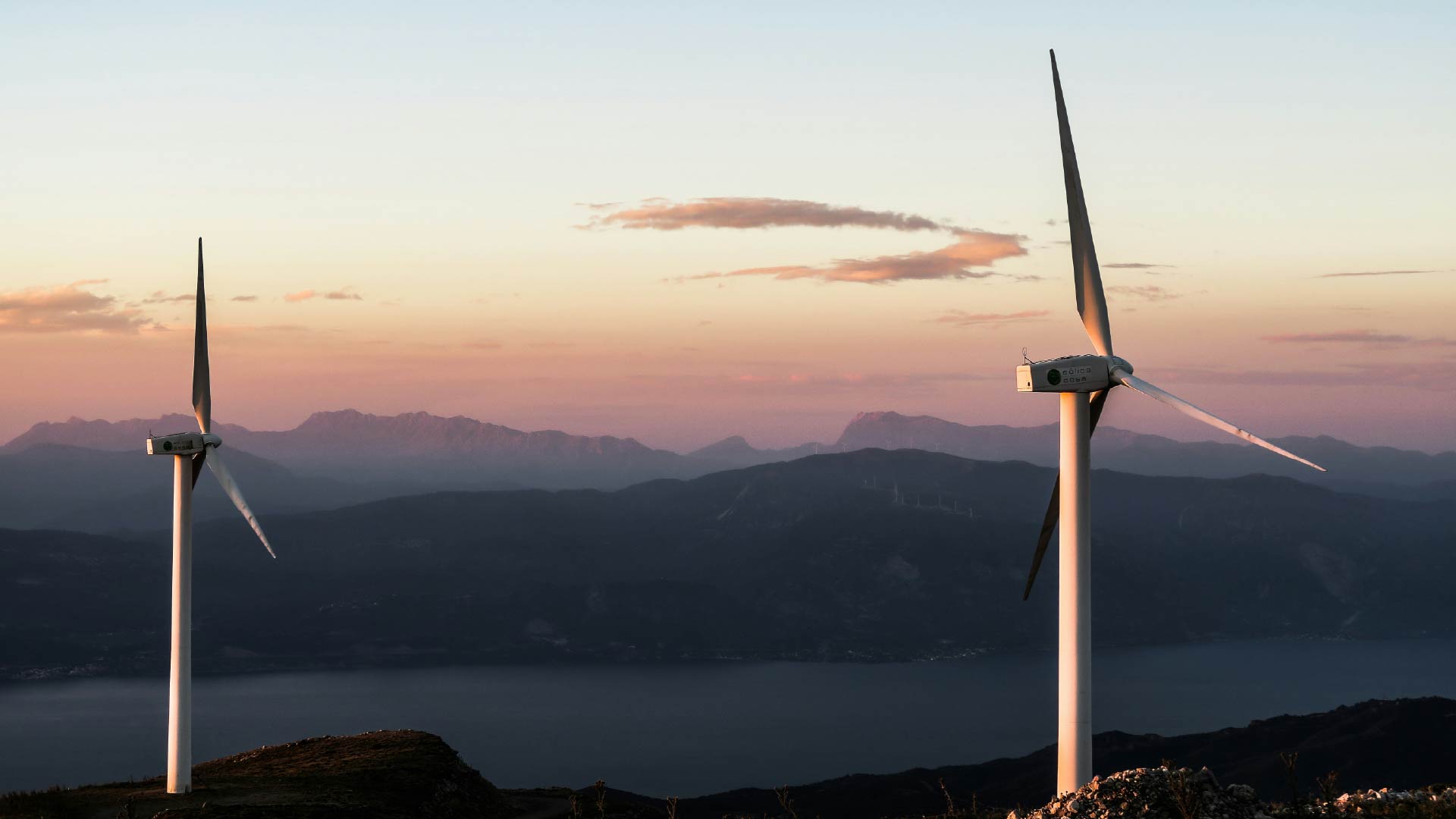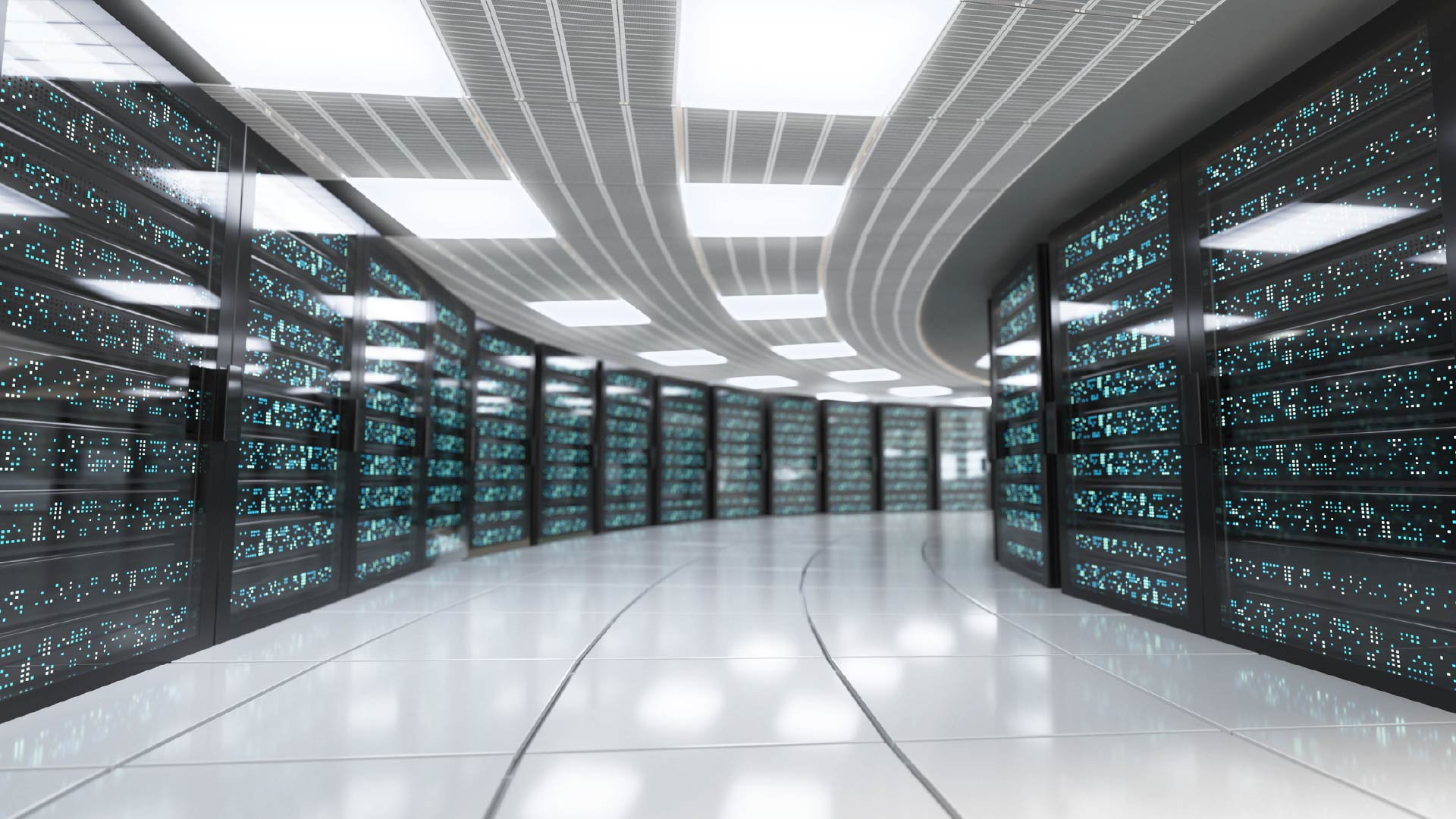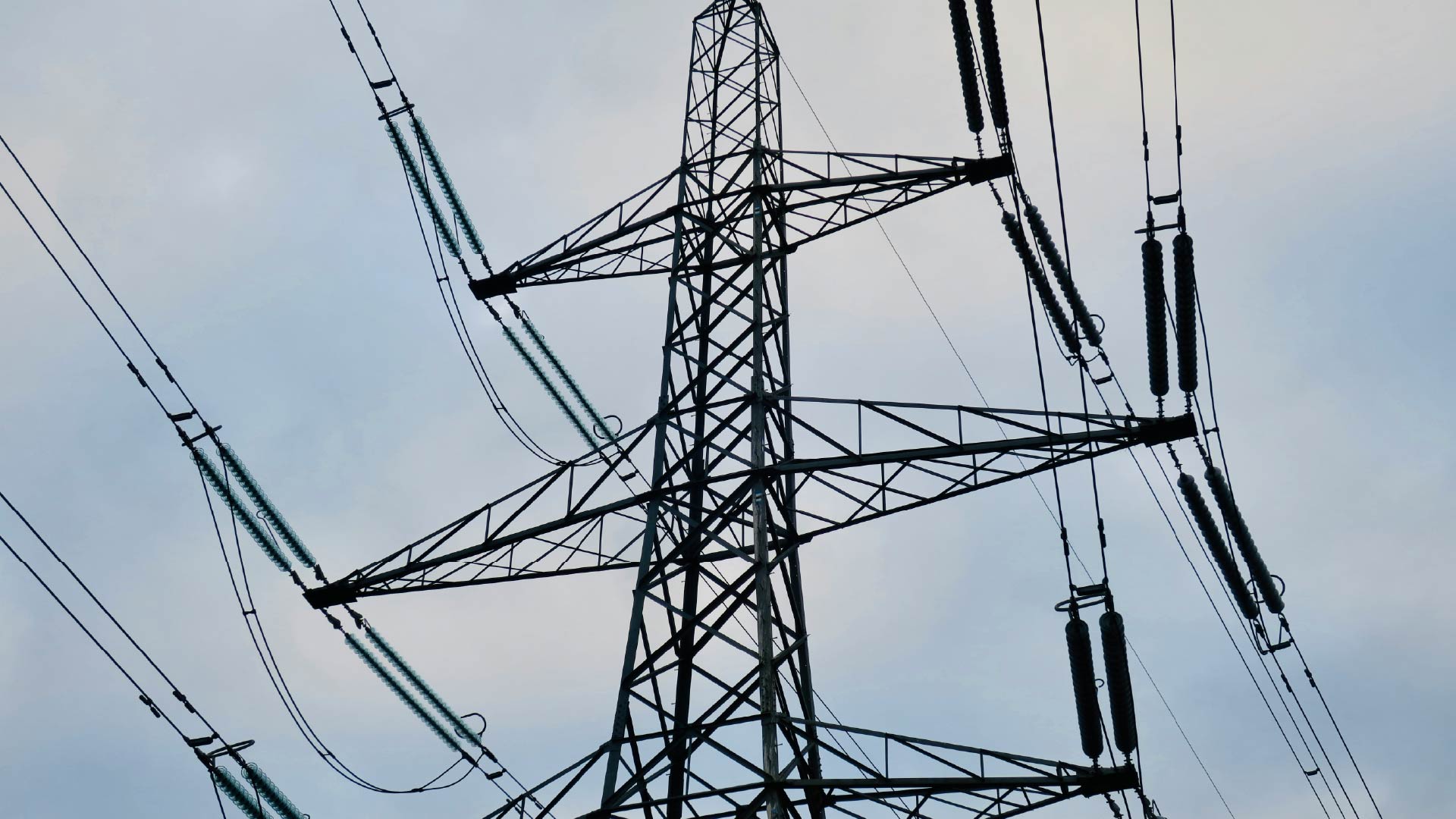Wiring For Change: The Inflation Reduction Act One Year On

Alice Saunders

Harry Wilson
This blog is the second of a multi-part series covering the history and current state of the US electrical grid, and the implications this has for the future in terms of renewable energy adoption, climate risk and smart grid technologies. In our first blog, we explored the fragmentation of the US electric grid and the problems posed to it by climate risk. Here, we dive deeper into the realities of a renewable energy future.
The Inflation Reduction Act was written into US law around a year ago (on August 16, 2022) and provided $499 billion in funding and tax credits, intended to accelerate the development of domestic clean energy and low carbon technology manufacturing. Around $177 billion was allotted to improve the capacity, infrastructure and accessibility of clean energy, with around $144 billion allocated in new and extended tax credits for emissions-free electricity generation and storage.
According to an April 2023 report by American Clean Power, in the eight months following the Inflation Reduction Act, over $150 billion in domestic utility-scale clean energy investments were announced. This acceleration in spend, with 47 new manufacturing facilities planned, is at such a scale that investment in those eight months surpassed total US clean energy investment over the previous five years (2017-2021). However, although there have been significant emissions reductions in the US energy sector, analysis from the Rhodium Group shows that the Act will likely only drive emissions down to 32%-42% below 2005 levels in 2030 – well short of the Paris Agreement target of a 50%-52% reduction. Further government policy at a state and federal level will be required to meet the Paris targets.
With the uplift in renewables investment and adoption, the grid is required to transport electricity like never before. Previously, local power plants were constructed and commissioned close to areas of high demand and dense population; however, with solar power favouring southern regions and wind power most abundant in sparsely populated areas, renewables do not follow this historic pattern. To achieve the Biden Administration’s 2035 goal of 100% clean energy generation, and the intermediary target of 80% clean energy by 2030, more focus must shift to improving electrical distribution across the nation and to transporting this renewable energy.
Another potential barrier to achieving Biden’s goal is the complex federal, state and local permitting processes across the US; current wind power transmission projects, such as SunZia’s New Mexico to Arizona 500-mile route, have taken upwards of 17 years to go through both federal and state approvals. With other lines – such as that from Wyoming to California – taking similar lengths of time and only breaking ground this June, the pressure is on for power to be transported to southern California, where renewable energy is an upcoming state requirement. The permitting process will need to be overhauled, and red tape cut through, if a clean energy future is to become a reality.
Without additional measures, the Inflation Reduction Act may never be the giant leap the US government hoped for – but rather, a small step towards achieving a clean energy future. To effectively follow through on increasing renewables production, the following supplementary measures will be essential: boosting state-level training programmes; facilitating interregional transmission to deliver renewable energy to non-optimal generation areas; and updating the permitting process.
As discussed in the first blog of this multi-part series, the onus again shifts to end-energy-users and consumers. With self-imposed net zero pledges, firms must act to not only improve energy consumption efficiency, but to guarantee renewable energy for their own consumption. Red tape is bound to linger, and will undoubtedly hinder or cancel some entirely new transmission projects. Firms and executives may have to reconsider future location and relocation strategies accordingly, or be willing to accept additional charges to fund new infrastructure. In our next blog, we will explore how consumers can shift towards being prosumers at the facility level, to alleviate these burdens.
For further insights on the components of the Inflation Reduction Act and its impact, check out the recent Verdantix report: Strategic Focus: The Impact Of The Inflation Reduction Act In The US.
About The Author

Alice Saunders
Industry Analyst

Harry Wilson
Senior Analyst





